M&E Engineering
Team
All Max Fordham engineers are trained in both mechanical and electrical engineering. By having expertise in both disciplines, we understand how one impacts on the other, and are better able to integrate them together. We also have specialist Mechanical and Electrical engineers who can provide extensive experience on more complex projects.
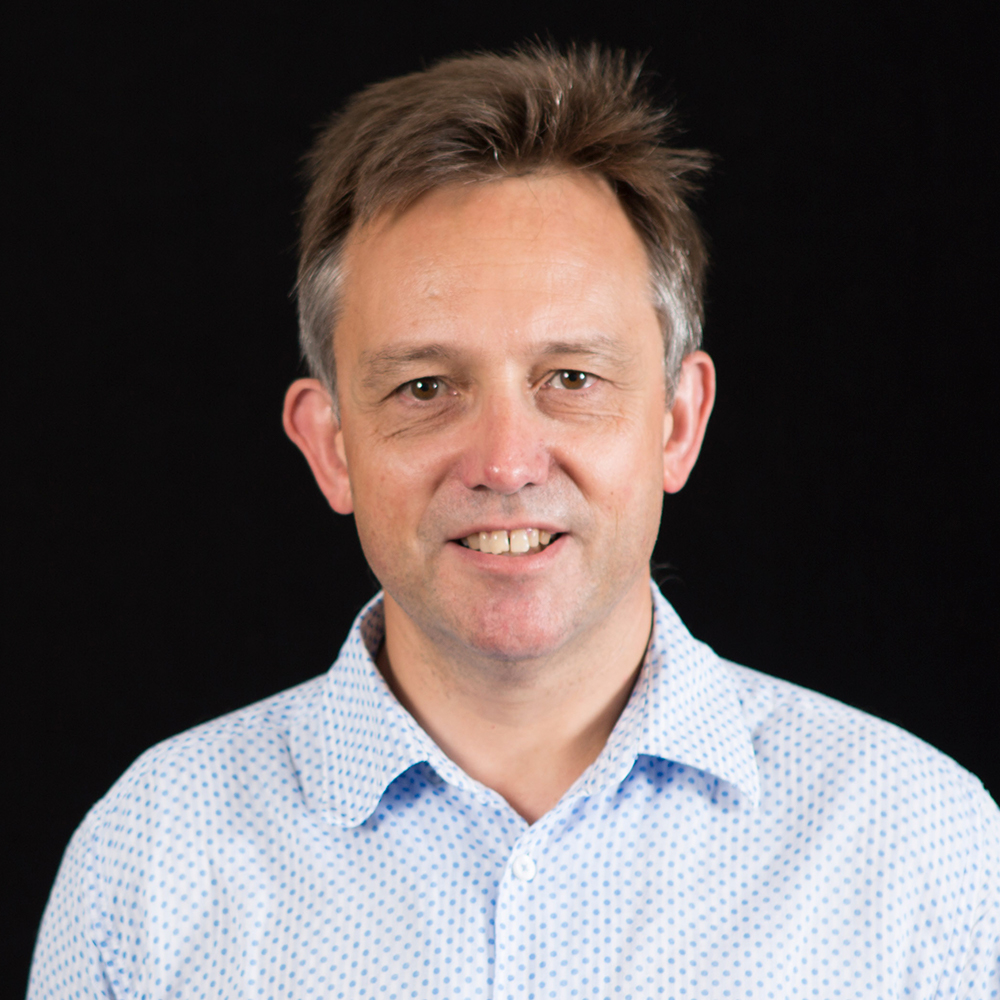
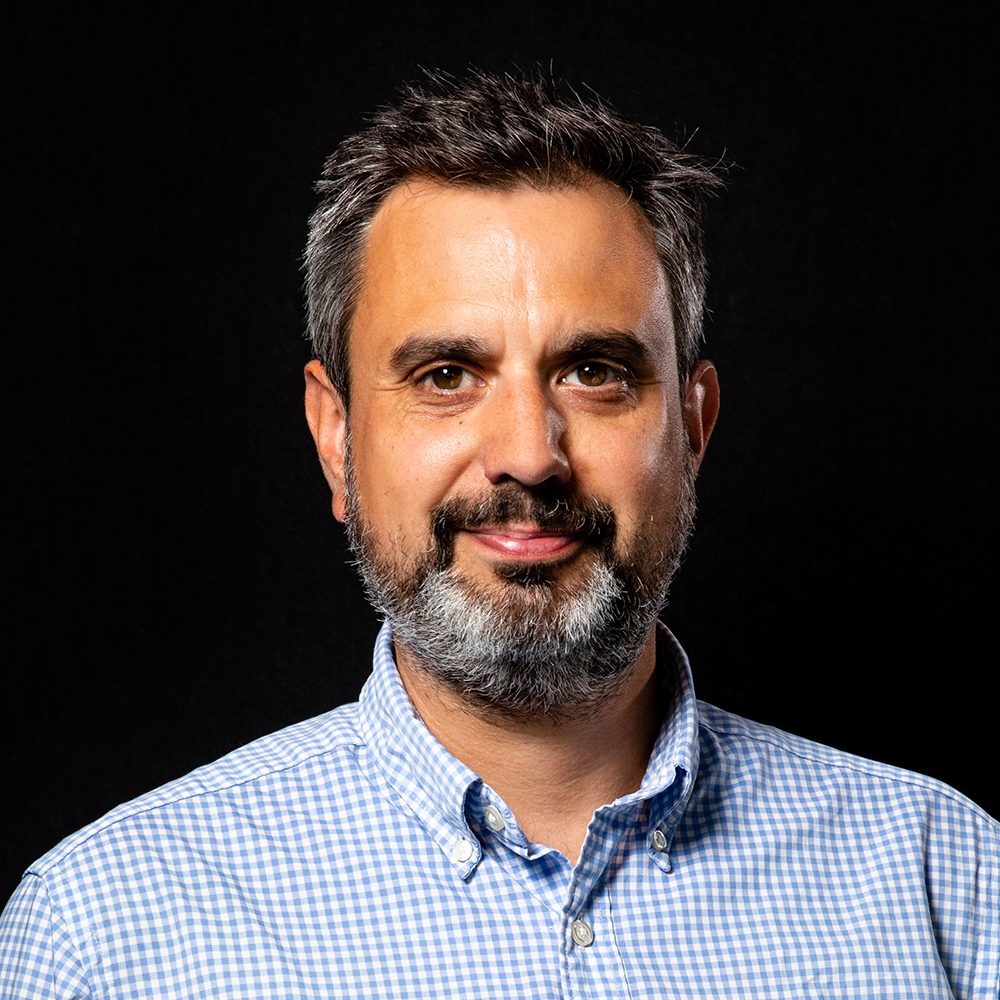
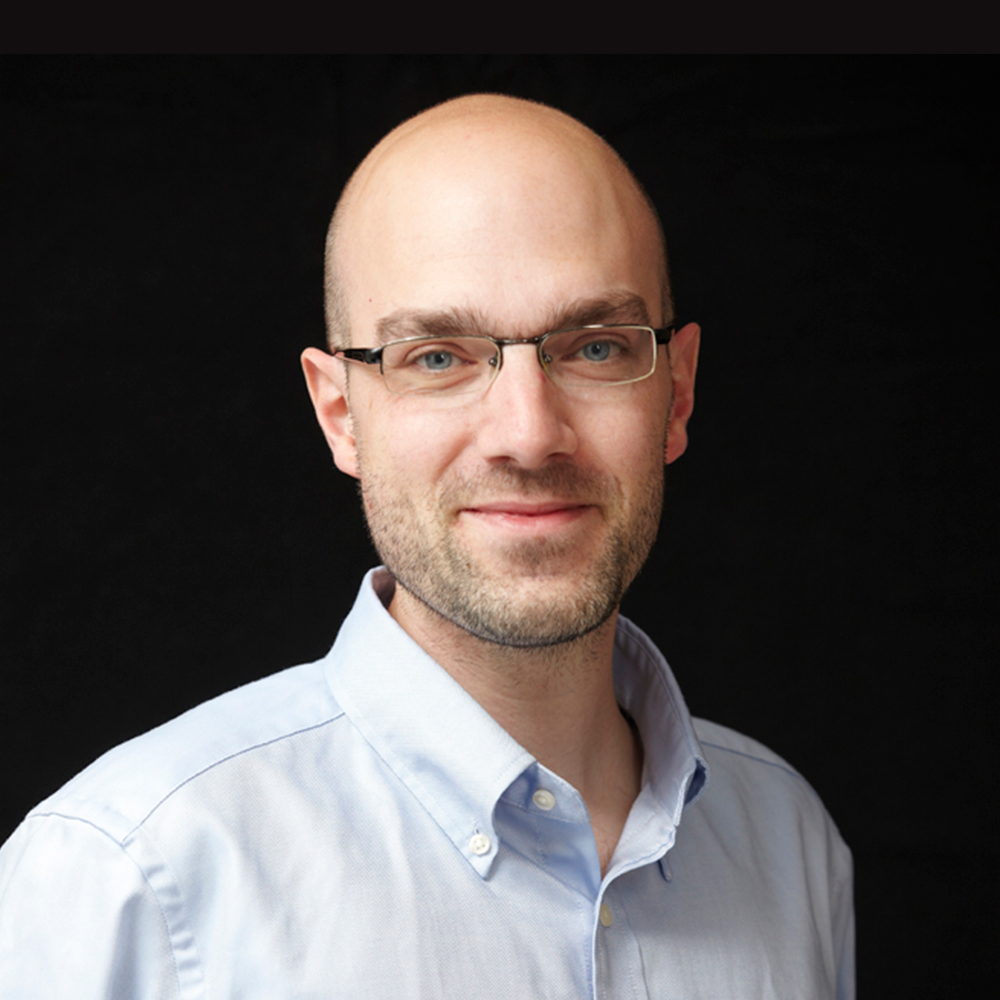
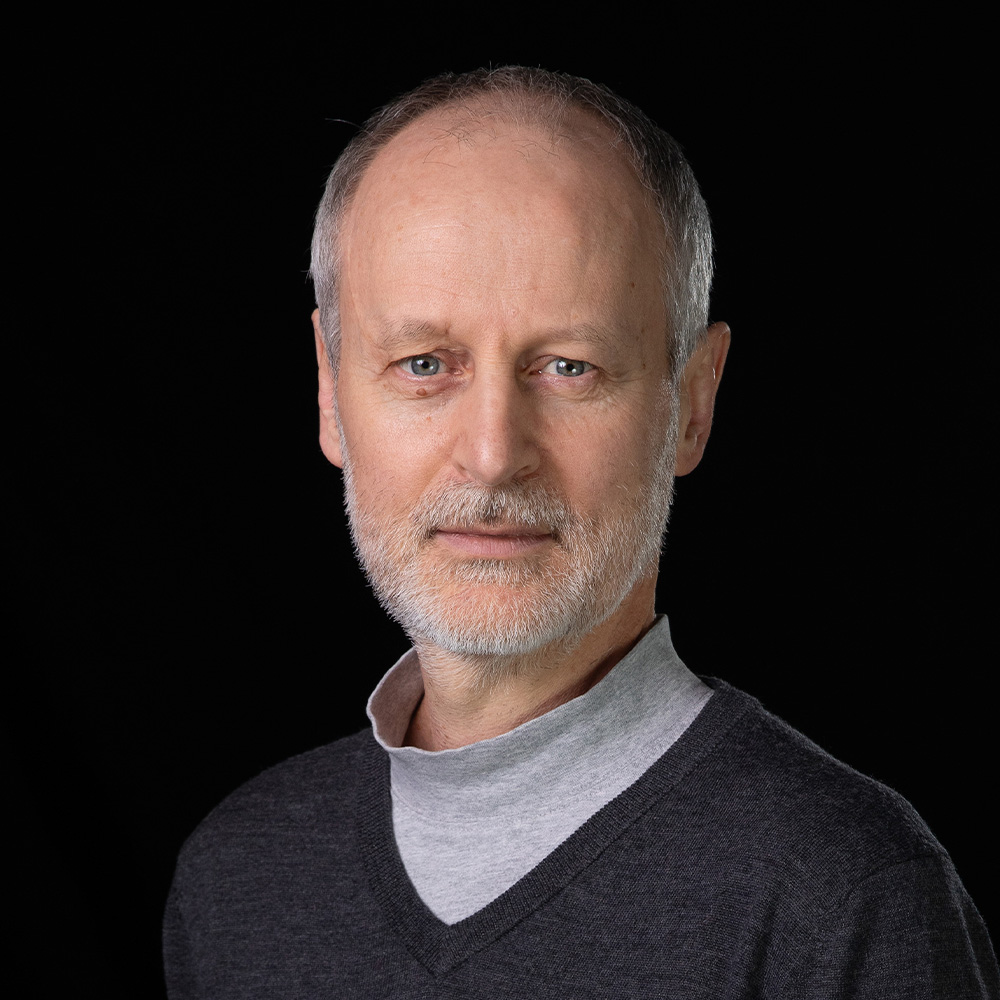
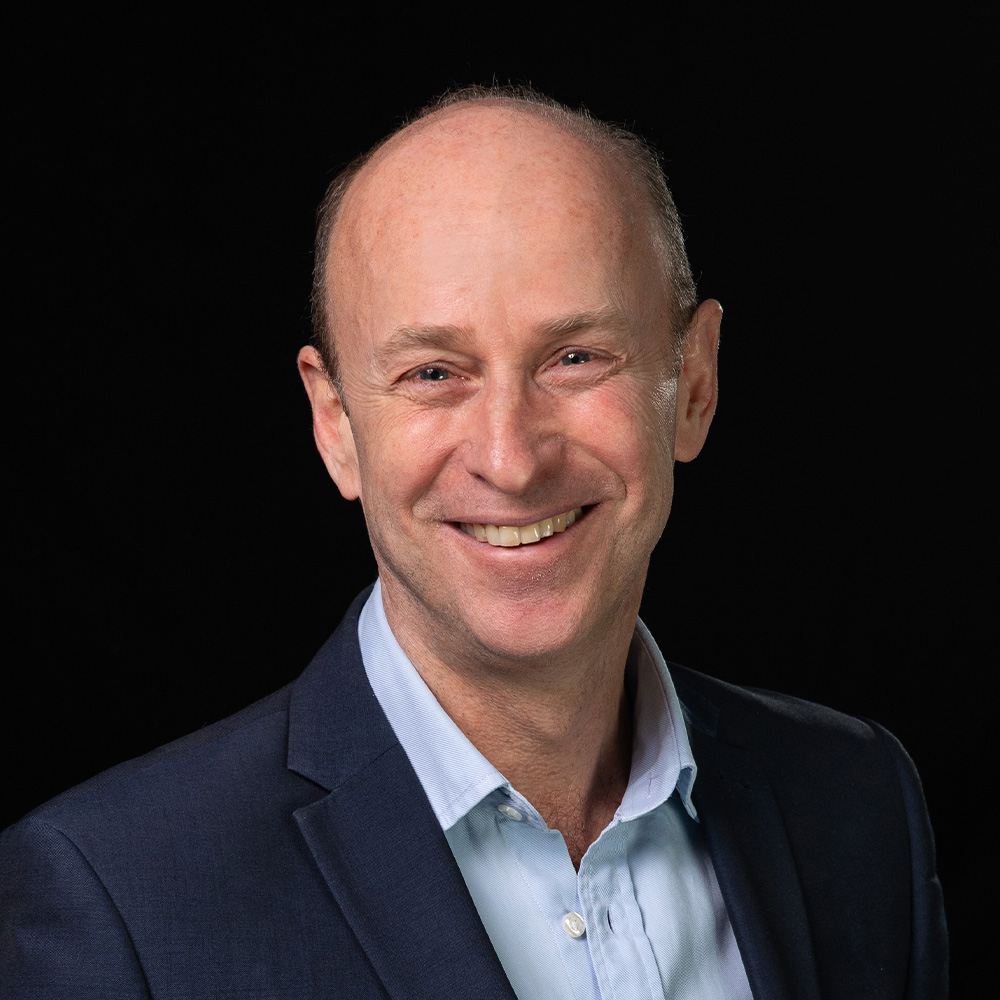
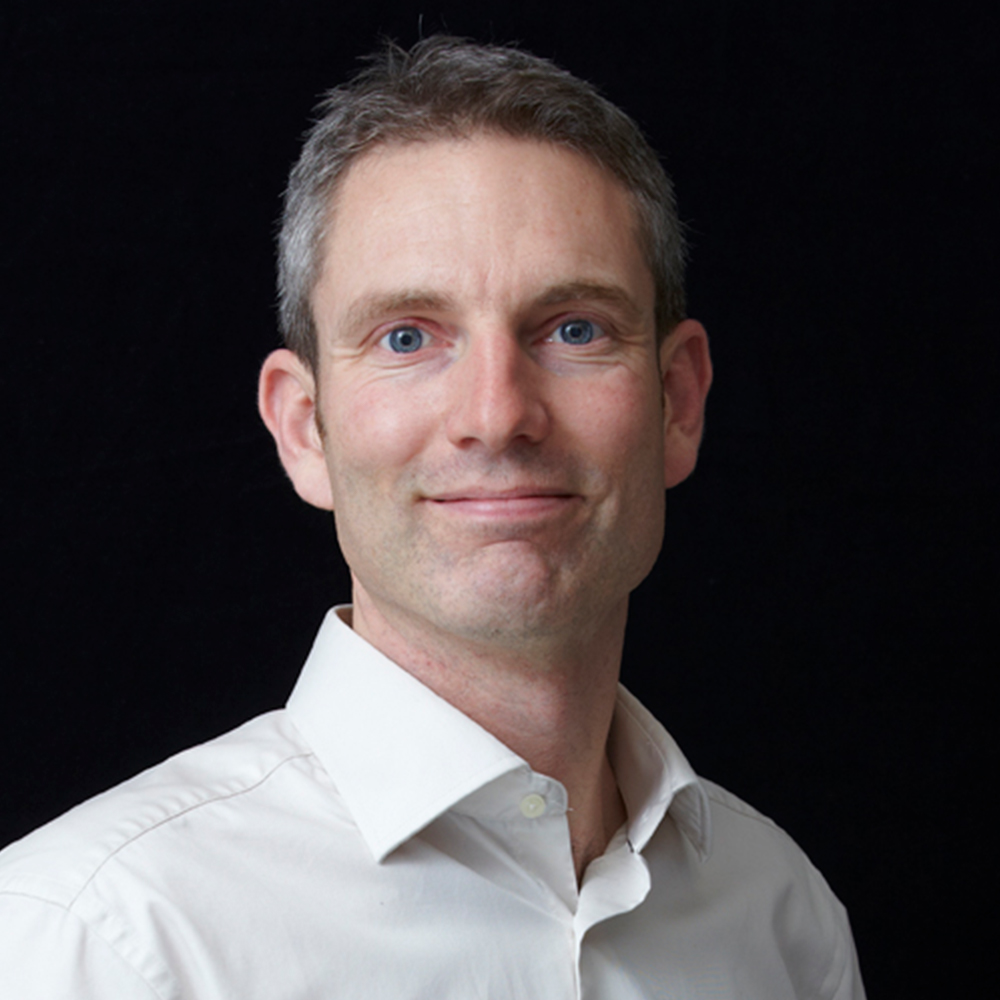
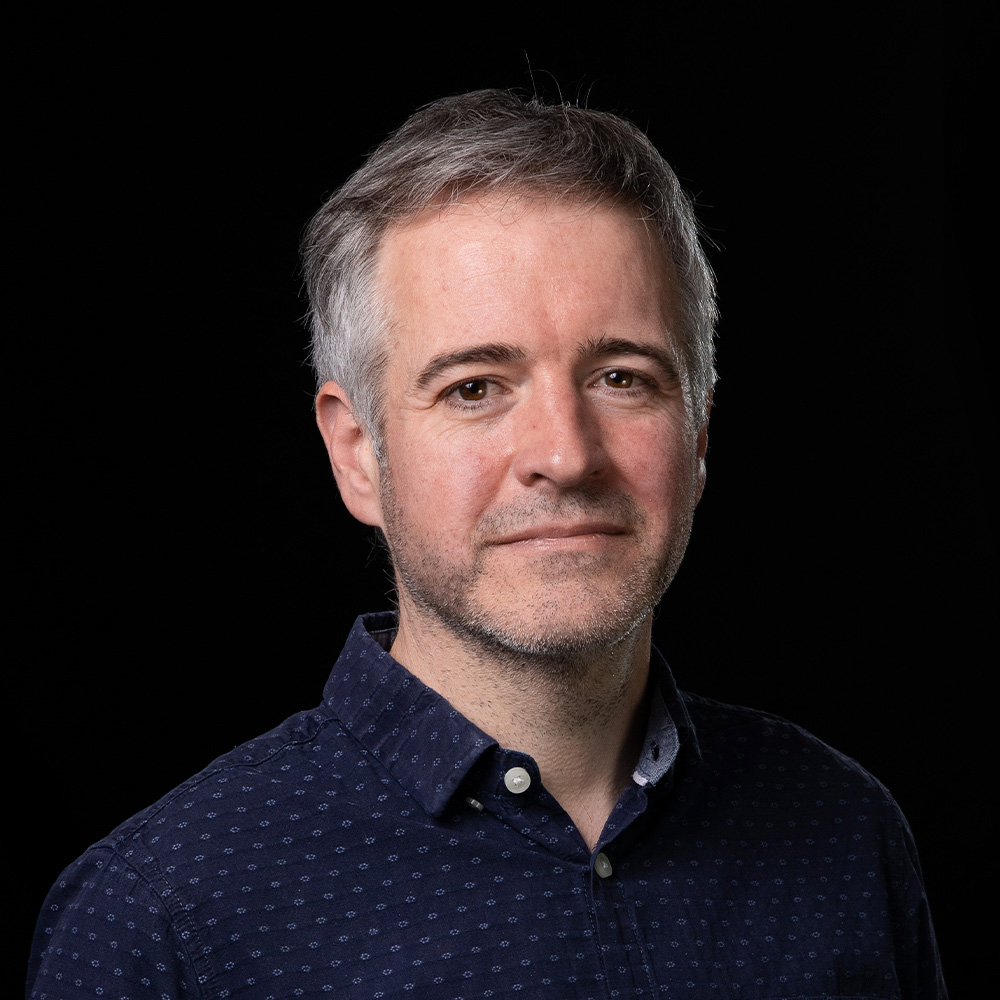
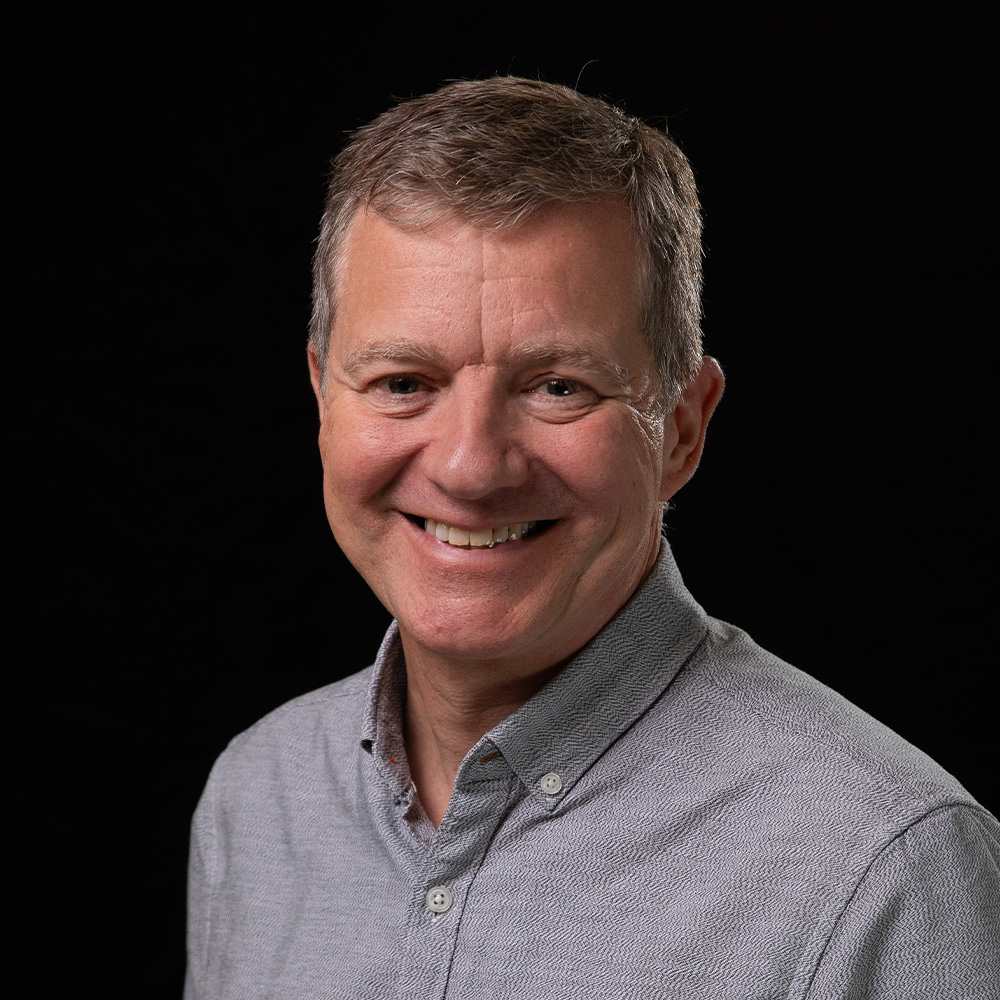

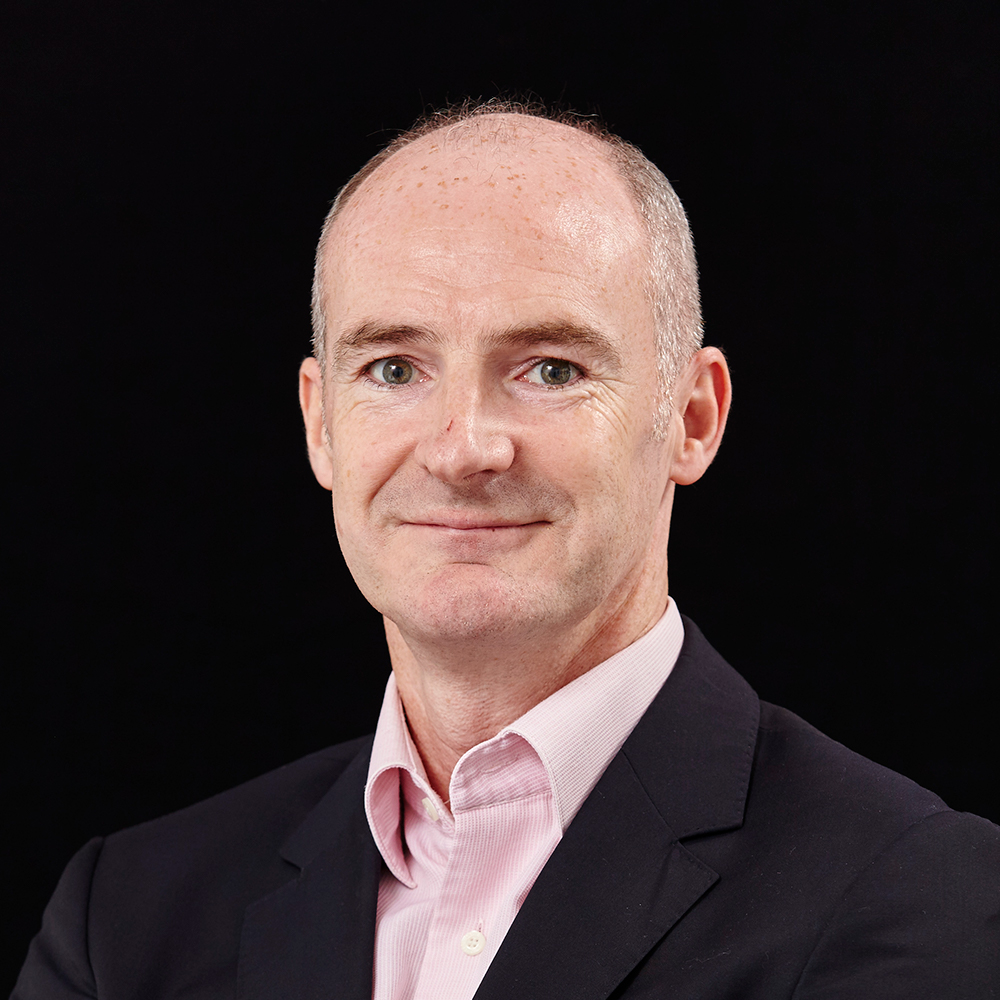


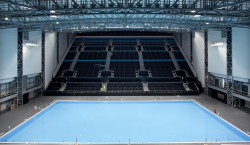
.jpg)